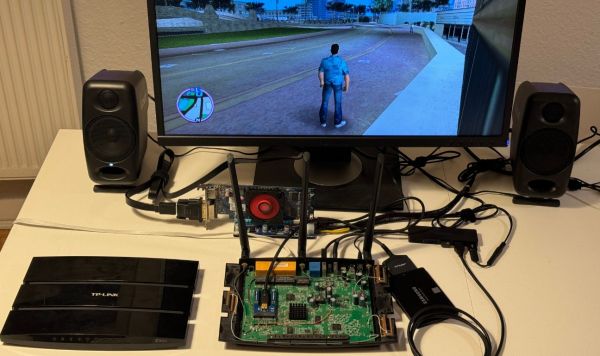In a move that came rather like a surprise to many, the company behind the well-known Switch and 3DS emulators Yuzu and Citra – Tropic Haze LLC – as reported by PC Gamer has shutdown both projects and associated websites as part of a US$2.4M settlement with Nintendo with a last message left on the Yuzu website. This comes in the wake of Nintendo suing Tropic Haze LLC over the Yuzu emulator, claiming that there’s ‘no lawful way to use Yuzu’, as it requires files extracted from a real Switch device to decrypt game files. Although Citra is not part of the lawsuit, it being made by the same developers seems to have resulted in it getting axed along with Yuzu as collateral damage.
What makes this issue so legally hairy is that even though an emulator by itself isn’t illegal, requiring proprietary firmware and keys already gets one into contested territory about the legality of dumping said files from a console, even if you own it. This was already an issue with the first Playstation emulators, which require the Playstation BIOS image to even boot, but left the emulator developers mostly untouchable. What seems to have set off Nintendo’s lawyers here would seem to be the way that the Yuzu developers leaned into the copyright infringement (often incorrectly called ‘piracy’) angle, giving Nintendo’s legal team enough exposed flesh to launch a ballistic legal strike.
Continue reading “Yuzu And Citra Emulators Shut Down After Legal Pressure From Nintendo”





















